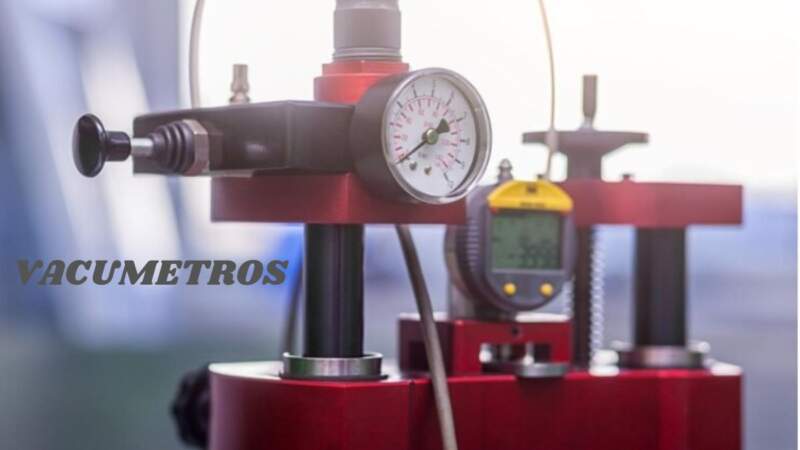Introduction to Vacumetros
Vacumetros stand as quintessential instruments in the realm of vacuum technology, offering precise measurement and control capabilities crucial for a wide array of industrial and scientific applications. From semiconductor manufacturing to space exploration, vacumetros play a pivotal role in ensuring the integrity and efficiency of vacuum systems worldwide.
Unraveling the Mechanism of Vacumetros
At the heart of it lies a sophisticated mechanism designed to gauge pressure differentials within vacuum chambers. By employing sensors and transducers, it convert pressure readings into quantifiable units, providing invaluable insights into the performance and stability of vacuum environments.
Diverse Applications of Vacumetros
The versatility of it finds expression across diverse industries, each leveraging their capabilities to meet specific operational requirements. In the semiconductor sector, It enable the precise control of pressure levels critical for deposition and etching processes. Conversely, in aerospace applications, it ensure the reliability of space simulation chambers and testing facilities.
Exploring Variants of Vacumetros
Vacumetros are available in a spectrum of variants, each tailored to address unique operational needs and environmental conditions. Analog vacumetros, featuring traditional dial gauges, offer simplicity and reliability in pressure measurement. Conversely, digital vacumetros integrate advanced features such as digital displays and data logging capabilities, enhancing precision and facilitating remote monitoring.
Technological Advancements in Vacumetros
Technological innovations have propelled the evolution of vacumetros, ushering in an era of enhanced accuracy and efficiency. Modern vacumetros boast sophisticated algorithms, wireless connectivity options, and real-time monitoring capabilities, empowering users to optimize vacuum system performance and preempt potential issues before they escalate.
Benefits and Significance of Vacumetros
The utilization of it yields manifold benefits, transcending mere pressure measurement to encompass enhanced productivity, reduced downtime, and improved product quality. By providing real-time feedback on vacuum levels, It enable proactive maintenance strategies, fostering operational efficiency and cost-effectiveness.
Also read this" Depondo: Revolutionizing Data Management and Collaboration "
Conclusion
In conclusion, It epitomize the synergy between technology and precision, serving as indispensable assets in the intricate landscape of vacuum systems. Their versatility, accuracy, and reliability underscore their significance across a spectrum of industries, driving innovation and efficiency in vacuum-related processes. As technology continues to advance, It are poised to remain at the forefront of progress, shaping the future of vacuum technology and exploration.
Frequently Asked Questions (FAQs)
How do vacumetros contribute to the optimization of vacuum system performance?
It provide real-time feedback on pressure differentials within vacuum systems, enabling operators to monitor and adjust system parameters for optimal performance. By identifying leaks, inefficiencies, and fluctuations in pressure, it facilitate proactive maintenance strategies, minimizing downtime and maximizing productivity.
What are the key considerations when selecting a it for a specific application?
When selecting a it, factors such as pressure range, accuracy, response time, and compatibility with existing equipment should be taken into account. Additionally, consideration should be given to environmental conditions, regulatory requirements, and integration capabilities to ensure optimal performance and reliability.
How do vacumetros facilitate compliance with regulatory standards in sensitive industries?
It help ensure compliance with regulatory standards by providing accurate and reliable measurement of pressure levels within vacuum systems. By maintaining precise control over pressure parameters, it enable organizations to adhere to regulatory requirements and quality standards, mitigating risks associated with non-compliance.
